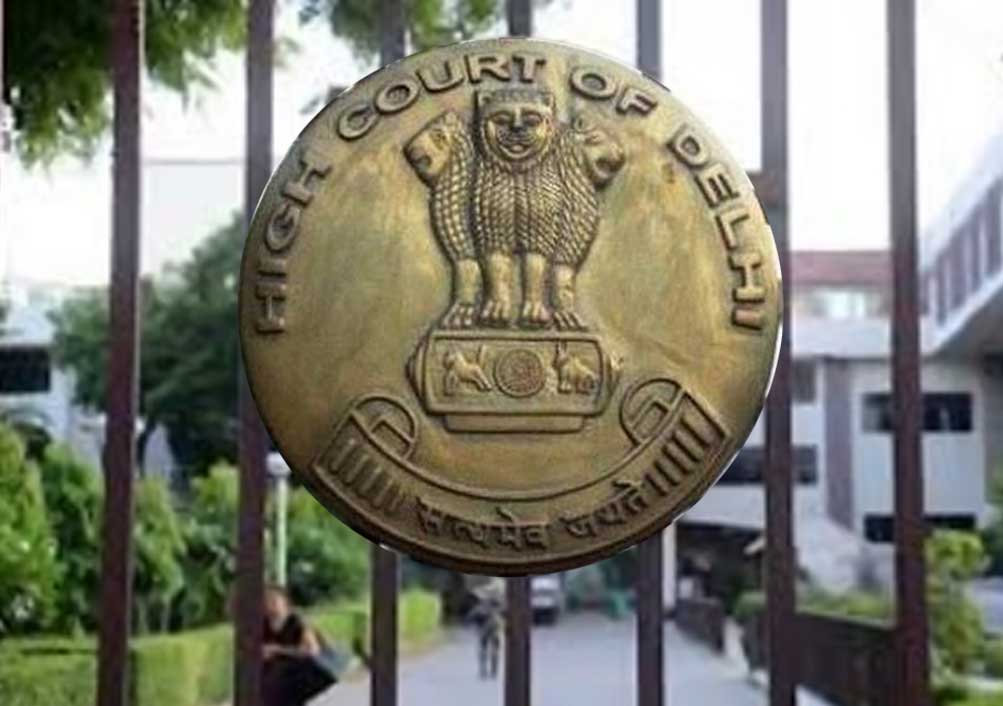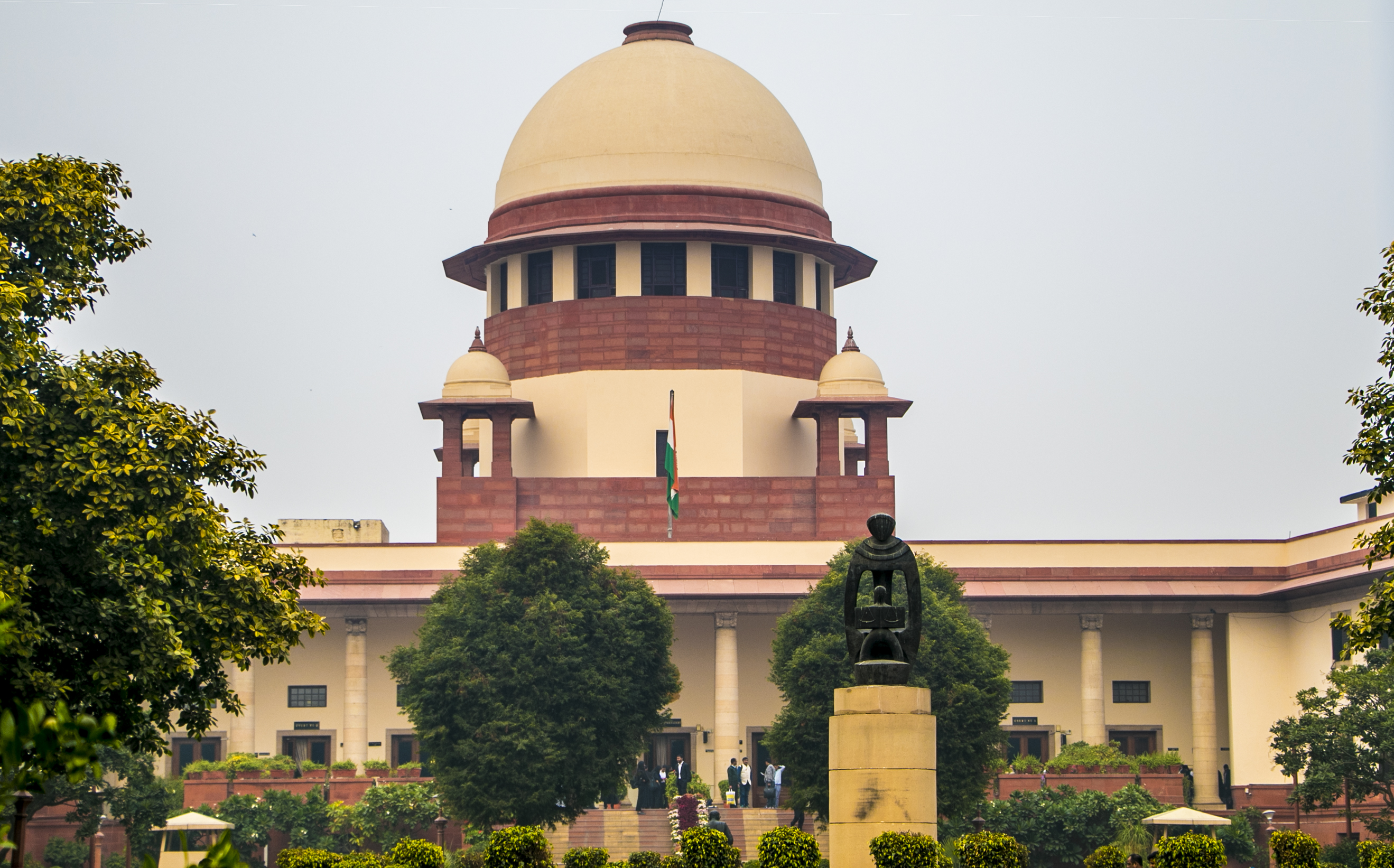Faith based directions cannot be issued by Court for police officers: Delhi HC on plea seeking directions for sensitization of police on practices observed by ‘pardanashin’ women
Justice Swarana Kanta Sharma [01-03-2024]

Read Order: RESHMA v. THE COMMISSIONER OF POLICE [DEL HC- W.P.(CRL.) 3502/2023]
Tulip Kanth
New Delhi, March 5, 2024: While dealing with a petition seeking issuance of guidelines to sensitise the police force apropos the sacrosanct religious, social customs and practices observed by pardanashin women, the Delhi High Court has observed that the powers of police are already subject to several reasonable restrictions imposed vide statutory laws as well as judicial precedents, which also include safeguards for ensuring dignity of all women. The High Court held that no other directions are called for in this regard.
The Single-Judge Bench of Justice Swarana Kanta Sharma was called upon to return a finding on whether the concept of pardanashin woman means and refers to women who by mere virtue of her gender needs to be extended special treatment. The petitioner’s Counsel had prayed that guidelines be issued in the background of religious scriptures and Article 21 and 25 of the Constitution of India, however, giving a new meaning, a new philosophy and evolving new jurisprudence based on old scriptures to suit the present-day requirements of the community.
The factual background of this matter was such that on 5.11.2023, six different PCR calls were received at a police station regarding a quarrel taking place in Rakab Ganj area of Delhi. When the police had reached the spot, it was revealed that one Mohd. Tahir and his nephew Mohd. Anas had been assaulted by the accused persons and the victims had been taken to LNJP Hospital for treatment. The present petitioner, is the sister of accused persons. It was submitted in the Status Report the police officials had enquired from her about her brothers, but she had denied having any knowledge of their whereabouts. In a complaint written to the Commissioner of Police, the petitioner alleged that she had found herself confronted by a group of police officials, late in the night, who had allegedly engaged in high-handed, illegal, and contemptuous behaviour. The main grievance of the petitioner, which had also resulted in filing of the present petition, was that the petitioner is a pardanashin woman, and she was not wearing her pardah when she was moved out of her house. It was alleged that the petitioner was then taken to the police station and was wrongfully confined there and she was subjected to threats and intimidation.
The police, on the other hand, termed the complaint and the present writ petition filed before this Court as an afterthought and misconceived, in order to divert attention from the heinous acts committed by her brothers.
Explaining the meaning of the term Pardanashin women, the Bench stated that it refers to women who adhere to strict rules of seclusion, often shielding themselves from the outside world behind veils or screens. Given their limited exposure to external influences and the potential for manipulation, it is critical to afford these women enhanced protections under the law. The presumption of undue influence underlines the importance of ensuring that decisions made by pardanashin women are free from coercion or external pressures.
Referring to the judgement in Mst. Kharbuja Kuer v. Jangbahadur Rai, the Bench opined that a woman qualifies as pardanashin when she leads a life of complete seclusion, detached from the broader societal interactions and experiences. It was further observed that while the petitioner may use the term pardanashin to denote a woman under a veil, this does not align with the legal meaning, which requires complete seclusion or a lack of societal understanding. The petitioner's usage of the term pardanashin would include a woman wearing a veil, despite not being living in seclusion or despite possessing sufficient knowledge and understanding of societal norms.
Explaining the legal framework for protection of the dignity of women during investigation of a criminal case, the High Court opined that the Code of Criminal Procedure provides for necessary safeguards as to how the police personnel are required to exhibit sensitivity towards the women, vide Section 46(4) and Section 60(A) of Cr.P.C. “... the law is clear and the police officers are bound by it and they must remain aware of the provisions of the Code of Criminal Procedure as well as judicial precedents, which put certain measures in place for upholding the dignity of women, while either arresting or searching any woman or while carrying out the investigation. When the law talks about dignity of 'women', it means all women, regardless of their religion, faith or custom”, it added.
“Though certain legislations can be gender-specific, the judges, the judgments and the orders are always Genderless. The judgments are not only the thoughts or perceptions of a judge and are not limited to legal acumen of a judge alone, but also the work carried out through the legal acumen of the lawyers/advocates assisting the Court”, the Bench highlighted.
According to the High Court, the word Pardanashin by its mere mention conjures an image which is not confined to a word or a single picture itself but the entire journey of women in India which they have covered from being empowered, being free of burden of a veil, to the indescribable burden of a weightless piece of cloth called veil which was full of challenges, troubles and social struggles. The concept of Pardanashin women was not in the context of any religious observance, but purely in the legal context of contracts entered into by women, who were not well conversant with the worldly issues and remained secluded from the world at large.
The petitioner’s Counsel had taken the Court through various religious scriptures to show prevalence of practise of pardah among Hindus, Sikhs, etc. Referring to the religious texts of Ramayana & Mata Sita, and Brihadaranyaka Upanishad, the Bench pointed out the fact that neither the Hindu women practised any pardah nor was it mandatory for them. They always were empowered till a particular era. It was opined that in Hinduism, there is no mandatory provision to wear veil or ghoonghat, or Hindu women being pardanashin by virtue of their religion. Same is the scenario in case of Sikh women. In India, however, everyone can make their individual choices, the Bench affirmed.
The findings of the Bench can be summed up as follows:
- The concept of 'pardanashin woman' is essentially a legal concept, not in context of any religious practice, but in respect of capacity to enter into a contract.
- As the concept of pardanashin women in Indian law essentially revolves around seclusion of a woman from the outer world and society at large resulting in their lack of understanding of societal affairs, there is less relevancy of this concept of pardanashin women in the modern era especially in the big cities considering the background and the lifestyle of modern women.
- Further, the law enforcement agencies and their investigations cannot be driven by religious practices but have to be community and safety driven.
- The fundamental rights, including those enshrined under Article 25 of the Constitution have to surrender in favour of the safety of the country and the community irrespective of the gender of the accused, and in case of Article 25, the rights are subject to reasonable restrictions such as maintaining public order.
- Faith based directions cannot be issued by this Court, for the police officers who carry out investigation in criminal cases, lest it affects their power to investigate as provided to them by law.
The Bench asserted that issuance of an additional direction to first inquire from a woman as to whether she is a pardanashin woman or she wears any form of veil according to her religious belief or customary practices, and then to grant additional time and notice to wear pardah or veil, in addition to following the safeguards already provided in law, on the ground of exhibiting awareness and sensitivity of the police would be inviting an accused to misuse the directions and utilise the time so gained, at times also on falsehood, to abscond or destroy evidence.
Thus, the Bench concluded the matter by observing, “…the powers of police are already subject to several reasonable restrictions imposed vide statutory laws as well as judicial precedents, which also include safeguards for ensuring dignity of all women. No other directions, including faith based directives, are called for in this regard.”
Sign up for our weekly newsletter to stay up to date on our product, events featured blog, special offer and all of the exciting things that take place here at Legitquest.




Add a Comment